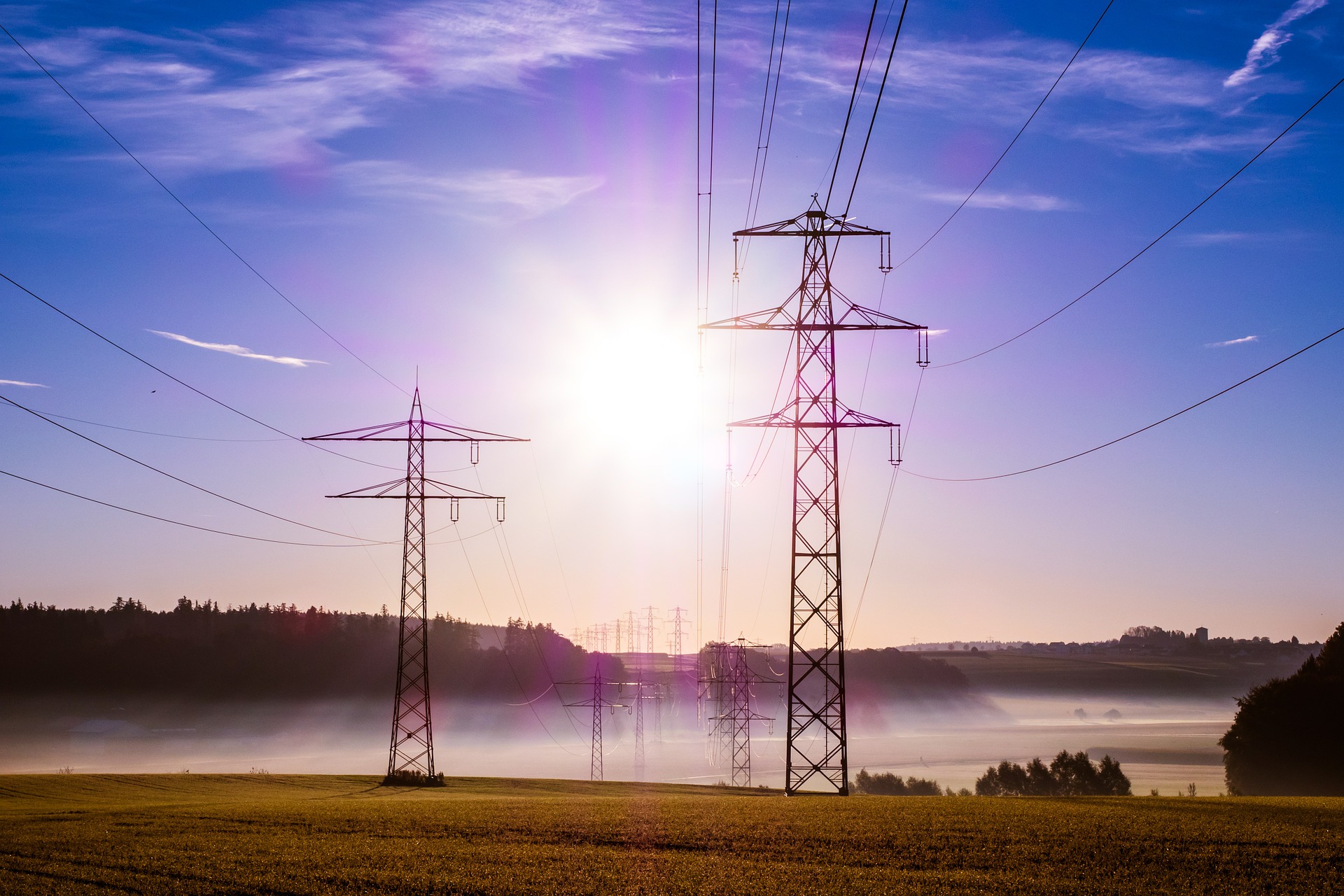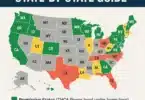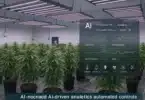The cannabis industry is in a rush and it needs juice to feed it, and a lot of it – especially with an influx of countries moving towards legalizing medical (and some recreational).
With this trend, there is a rising demand for plant pharmaceutical product, which is an enigma on its own – what is pharmaceutical plant? But that’s to be saved for another time. To satisfy such energy demands and adhere to multiple regulatory parameters, it forces the cannabis grower to apply modern machinery and techniques to manipulate the cultivation environment.
Exactly how much energy is being used by the cannabis energy-hungry industry?
This energy hunger in the cultivation process reached an extent that the total cannabis cultivation (legal and illicit) in the US consumed an estimated 4.1 million MWh of electricity in 2017. This is over 1% of total US electrical consumption! It’s like 554,054 Israeli people consuming electricity for an entire year! Not only does this magnitude of energy use create an alarming impact on the environment, but it is a financial concern for the grower as electric costs are one of the top overhead expenses in a grow operation.

Growing cannabis requires a tremendous amount of energy and other natural resources
According to a 2014 report produced by the Northwest Power and Conservation Council (NPCC)—an organization that provides energy and environment planning for Idaho, Montana, Oregon, and Washington—the majority of a grow op’s electricity costs go towards lighting (38 percent) and air conditioning (21 percent), with CO2 injection, dehumidifying, and so on making up the rest.
Cannabis production can consume 4,000 to 6,000 kilowatt hours (kWh) of energy per kilogram of product. The equivalent would be a half year of average household consumption. The three main methods of cannabis cultivation used today are: outdoor, greenhouse, and indoor.
- Outdoor cultivation would rely on natural energy and climate, thus consuming minimal amounts of energy
- Greenhouse would, on average, consume 3,000 kWh per 1,000 m2
- Indoor would, on average, consume 80,000 kWh per 1,000 m2
How did we get to this point?
Even though most growers are probably aware of the planet’s need to go green, and create a cannabis eco-friendly industry, the highly fueled race for supplying the increased consumer demand leaves environmental issues to be forgotten or completely neglected. One of the main reasons is actually regulatory. Pharmaceutical product, by definition, needs to be consistent, while biological/natural systems are not.
The logical horticultural action would be to grow cannabis in a year-round warm tropical/sub-tropical climate, but the local regulatory and federal restrictions often force the grower to grow in a completely artificial environment. Furthermore, due to the government’s stance on medical cannabis, producers are often not able to reap the benefits that other industries do when implementing energy-efficient practices.
What can be done?
Energy efficiency incentives are important on multiple fronts: not only do they reduce costs for an operation, but they also serve as a tactical differentiator against less efficient competitors.
- Governments needs to initiate programs to support clean energy use in the industry
- Redefine standards for what is a plant pharmaceutical product
- Design the production facility for efficient energy consumption from the start
- Select the best site (climate wise) for a cultivation
- This has to be addressed both by the consumer choices and by the legislator
No matter how you look at it, this energy hunger situation we’re currently in is unsustainable and requires innovative, progressive thinking for the future. For more information on this and other developing stories, make sure to subscribe to our Weekly Newsletter, the top source for all cannabis-related news.








Very important article for future efficiency of cost and grow capacity in a regulated market. Much more needs to change and evolve for the market to reach it’s true potential.